How To Conduct a Proper Roof Inspection


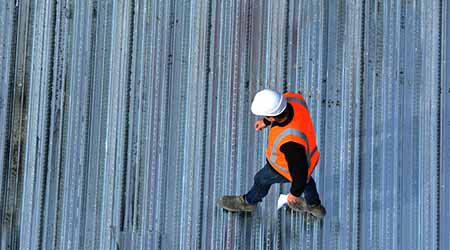 Follow these steps to keep roofs in good condition and get the longest possible life.
Follow these steps to keep roofs in good condition and get the longest possible life.By Chad Brown Roofing Article Use Policy
A commercial building is a large investment for a building owner and to protect that investment and ensure that all of the contents and occupants of the building are safe, the roof needs to be in good condition. For this reason, it is extremely important to have the routine roof inspections as well as regularly scheduled maintenance.
Commercial roofs are constantly under attack by weather, structural movement and stresses. While normal aging will occur on all commercial roofs, small problems stemming from neglect, abuse, contamination, error or accident can result in costly repairs or premature failure of the roofing system. A regular program of both roof inspections and maintenance will help detect minor problems before they become serious, avoiding interruptions of the internal functions within the commercial building, and most importantly, protecting the building owner’s investment by adding years to the life of the roof.
Early Detection
A routine inspection and preventative maintenance program is simply a program of scheduled inspections and subsequent repairs. The purpose of the program is to maximize the life expectancy of the roofing system, thus providing maximum protection of the building and minimizing overall costs.
The basic elements of a roof inspection program are regular visual inspections to determine the current condition of the roof membrane and flashings, immediate repair of any defect before it allows moisture to enter the roof systems or building interior, and non-destructive moisture detection to determine if moisture has infiltrated into the insulation of the commercial roof system.
The reduce the potential for damage, it is generally recommended that commercial roofs be inspected at least twice a year. The suggested times for routine inspections are in the spring after the winter season, and late fall after the summer, but before the winter weather arrives. Roof inspections are also warranted following major weather events and after any construction activity that could affect the commercial roofing system.
An inspection checklist should be used to ensure thoroughness of the inspection. A typical roof plan and an inspection checklist include the items below:
• Before you go to the roof, examine the interior of the building for signs of water damage such as mold, mildew, drips and leaks, water stains, and peeling paint. If you find signs of damage, but especially vigilant when inspecting the roof.
• Once on the roof, inspect for accumulate dirt and debris in the gutters, scuppers and drains. Leaves, dirt and other debris can block positive drainage. If water cannot leave the roof the way it is designed, severe damage can occur due to standing or ponding water. Also, it is important to check all the seals on the drainage features to ensure that all of the water is going through the drain and not around it.
• Make notes of any blistering, cracking, tears or holes, abrasions, or deep scratches in the membrane. Also, check and make note of any fungus or moss growing on the roof. Schedule the removal of the fungus or moss as it can deteriorate the roof surface.
• If the roof has expansion joints, inspect them thoroughly for cuts, gaps and tears.
• If flashing were required on the rooftop, pay close attention to them. Make sure that the flashings are not pulling away from the roof or leaving gaps. This can be an indication that the roof is leaking or there is severe damage to the roof membrane.
• Check exterior structural elements such as vents, pipes and equipment. Inspect the surfaces for cleanliness, and look for signs of aging such as peeling paint, rust, rot and moss or fungus. Also look for structural damage such as bent elements, missing parts and sagging pipes.
• Check pope and equipment supports. Be sure that pipes are not sagging, there are no cracks in the base of the support, deflected hangers, or supports digging into the roof membrane.
• Check stairs, crossovers, platforms and railings for structural soundness, loose parts and surface deterioration.
• Make sure any required safety signage is legible and posted in a prominent place. Without proper signage personnel are at risk of injury when on the roof.
Each roof inspection checklist varies for each unique commercial roof. It’s important to prioritize issues on the roof inspection checklist. One simple and effective system is to use a Good-Fair-Poor rating system. Commercial roof repairs should only be conducted by a qualified roofing contractor. A compromised roof can result in tremendous structural damage to the building resulting in costly repairs. The keys to a competent roof inspection are thoroughness and attention to detail.
posted on 2/7/2018
Comments
Source: Commercial Roofing

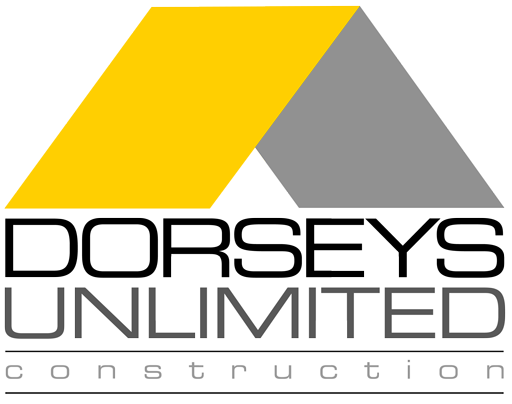

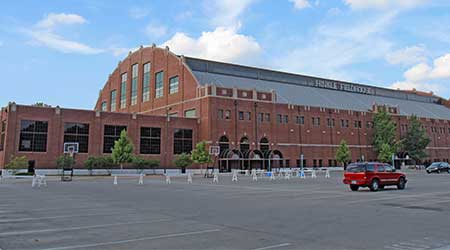

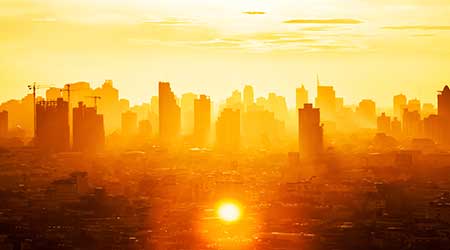
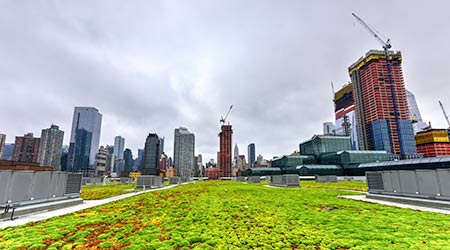
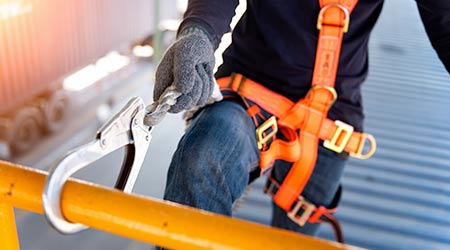

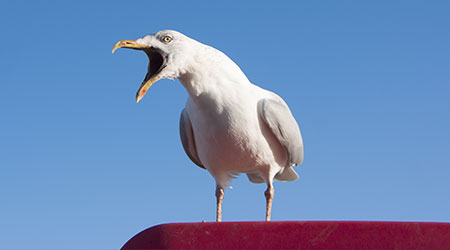
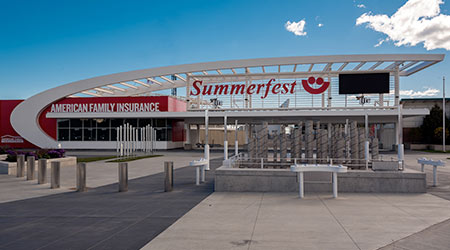
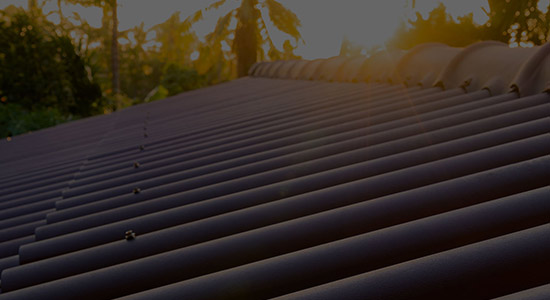


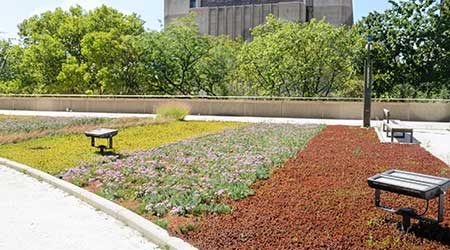
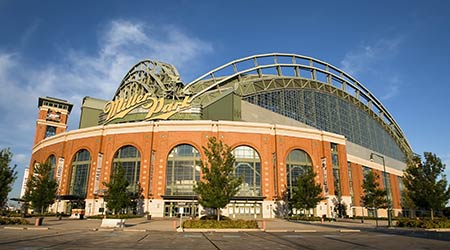
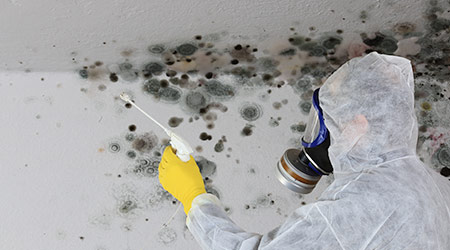
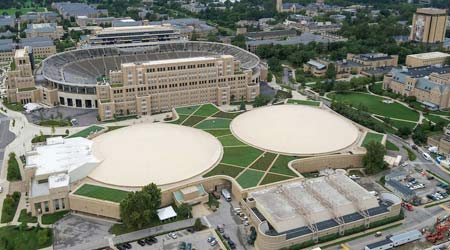

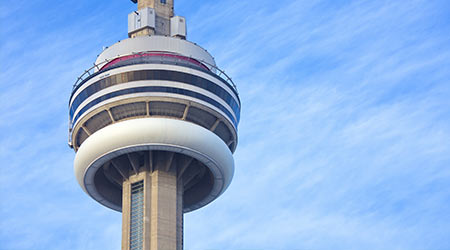
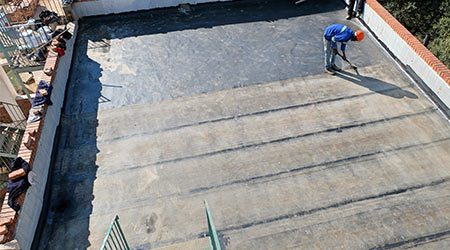
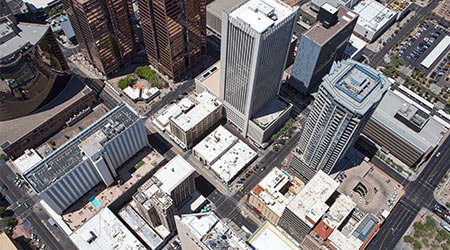
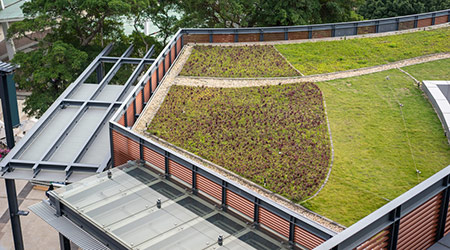
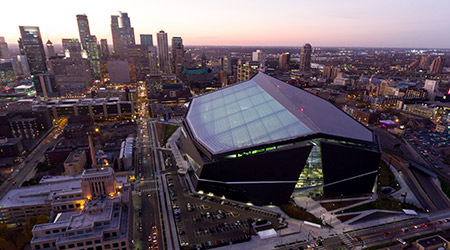
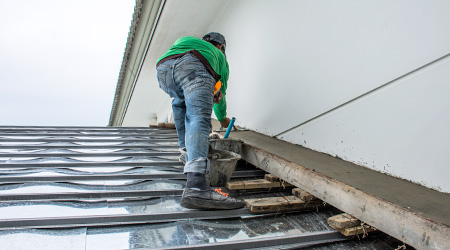
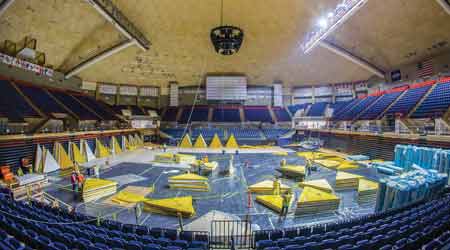
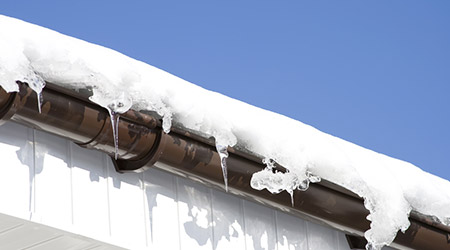
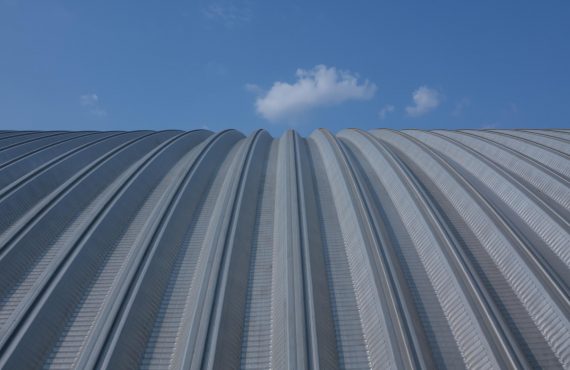
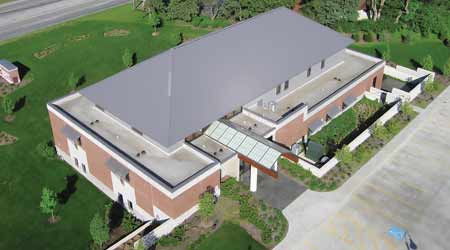

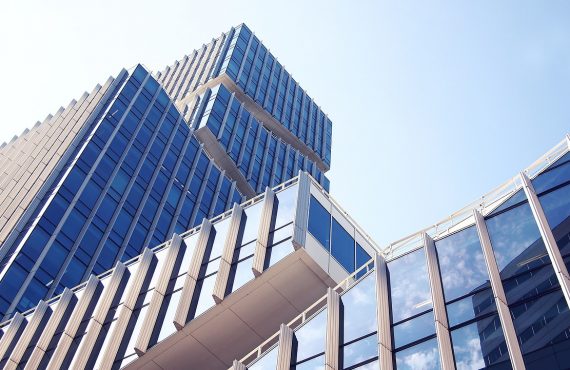
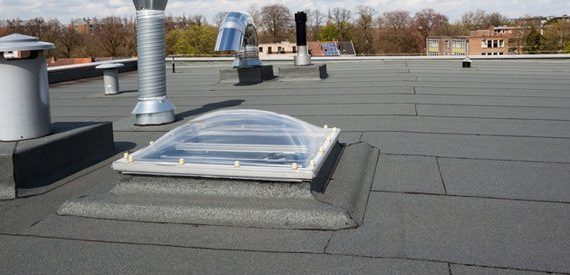
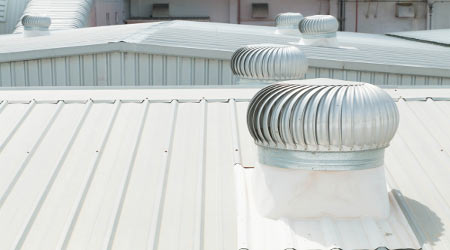
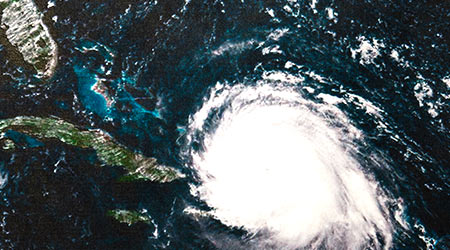
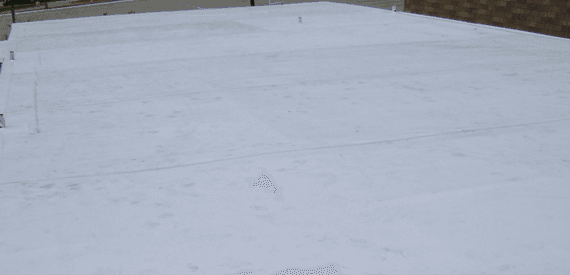


No comments yet.